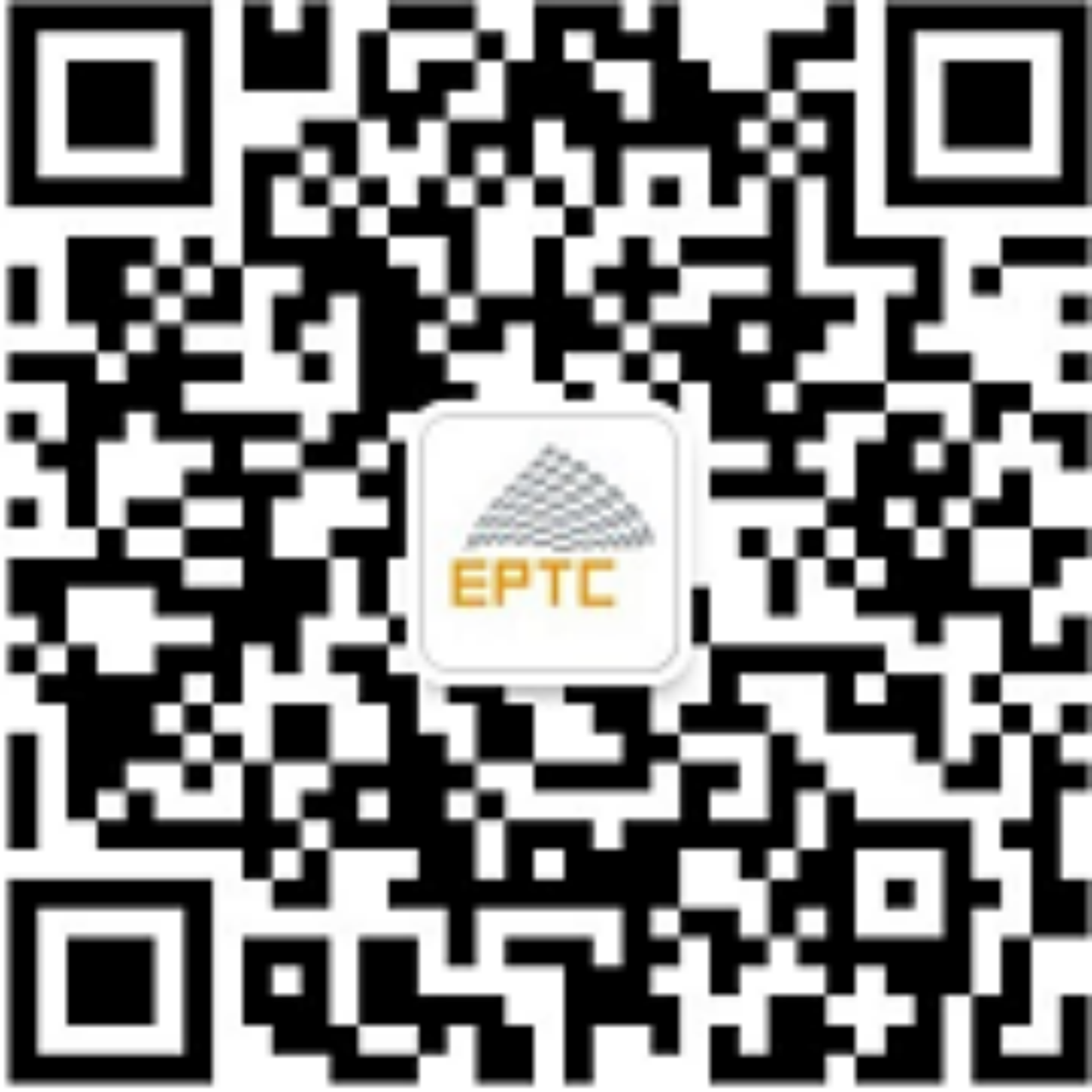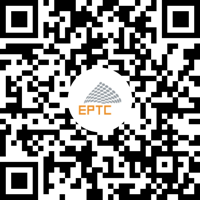基于深度强化学习的多能流楼宇低碳调度方法
建筑减排已成为中国达到“双碳”目标的重要途径,智慧楼宇作为多能流网络耦合的综合能源主体,面临碳排放量较多、多能流网络耦合程度高、负荷用能行为动态特性明显等问题。针对这一问题,提出基于深度强化学习的多能流楼宇低碳调度方法。首先,根据智慧楼宇的实际碳排放量,建立了一种奖惩阶梯型碳排放权交易机制。其次,面向碳市场和多能流耦合网络,以最小化运行成本为目标函数,建立多能流低碳楼宇调度模型,并将该调度问题转换为马尔可夫决策过程。然后,利用Rainbow算法进行优化调度问题的求解。最后,通过仿真分析验证了优化调度模型的可行性及有效性。 Building emissions reduction has become a crucial pathway for China to achieve its 'dual-carbon' goals.As an integrated energy entity coupled with multi-energy flow networks, smart buildings face challenges such as high carbon emissions, a high degree of coupling in multi-energy flow networks, and distinct dynamic characteristics in load energy consumption behavior. In response to these challenges, a low-carbon scheduling method for multienergy flow buildings based on deep reinforcement learning(deep RL) is proposed. Firstly, a reward and punishment ladder-type carbon emissions trading mechanism is established based on the actual carbon emissions of smart buildings. Secondly, targeting the carbon market and multi-energy flow coupling networks, a low-carbon scheduling model for multi-energy flow buildings is developed, aiming to minimize operating costs as the objective function, and the scheduling is transformed into a Markov decision process(MDP). Subsequently, the Rainbow algorithm is employed to solve the optimal scheduling. Finally, the feasibility and effectiveness of the optimal scheduling model are verified through simulation analysis.
基于能源服务的智慧物联商业综合体管理平台
容大管理平台在设计上共包含三大子系统:楼宇管理系统 PMS、移动应用(APP 及微信公众号)、智能硬件物联网平台。容大智慧物联网平台是物联网接入层,实现对所有智能硬件的接入,同时与第三方硬件厂家实现硬件层的数据和指令对接。在安防设备上目前容大智慧物联网平台主要实现了与海康ISC平台的对接,在消防设备上目前容大智慧物联网平台主要实现了与大华消防平台的对接,同时可跟其它第三方智能硬件系统厂家的设备进行对接。智慧楼宇管理平台整体技术架构采用 J2EE 架构为技术规范,通过 B/S 请求方式提供业务后台管理。通过 Rest 接口向安卓及 iOS 移动端 APP 开放必要的数据,同时确保 数据安全。系统前端和移动端主要通过HTML5的形式提供服务,实现后台管理系统可同时应用于电脑、手机、平板等设备进行管理应用,同时便于今后实现无感升级,提升用户体验。智慧楼宇管理平台采用阿里云提供系统支撑,采用SLB负载均衡,阿里云ECS虚拟服务器等服务。在数据库方面使用到阿里云数据库产品实现智能硬件数据采集及业务数据存储。未来在大数据应用方面可采用开放数据处理服务(Open Data Processing Service,简称 ODPS),ODPS 主要服务于批量结构化数据的存储和计算,可以提供海量 数据仓库的解决方案以及针对大数据的分析建模服务。



 京公网安备11010202010095号
京公网安备11010202010095号